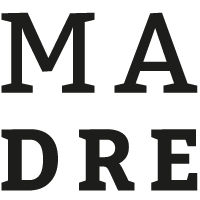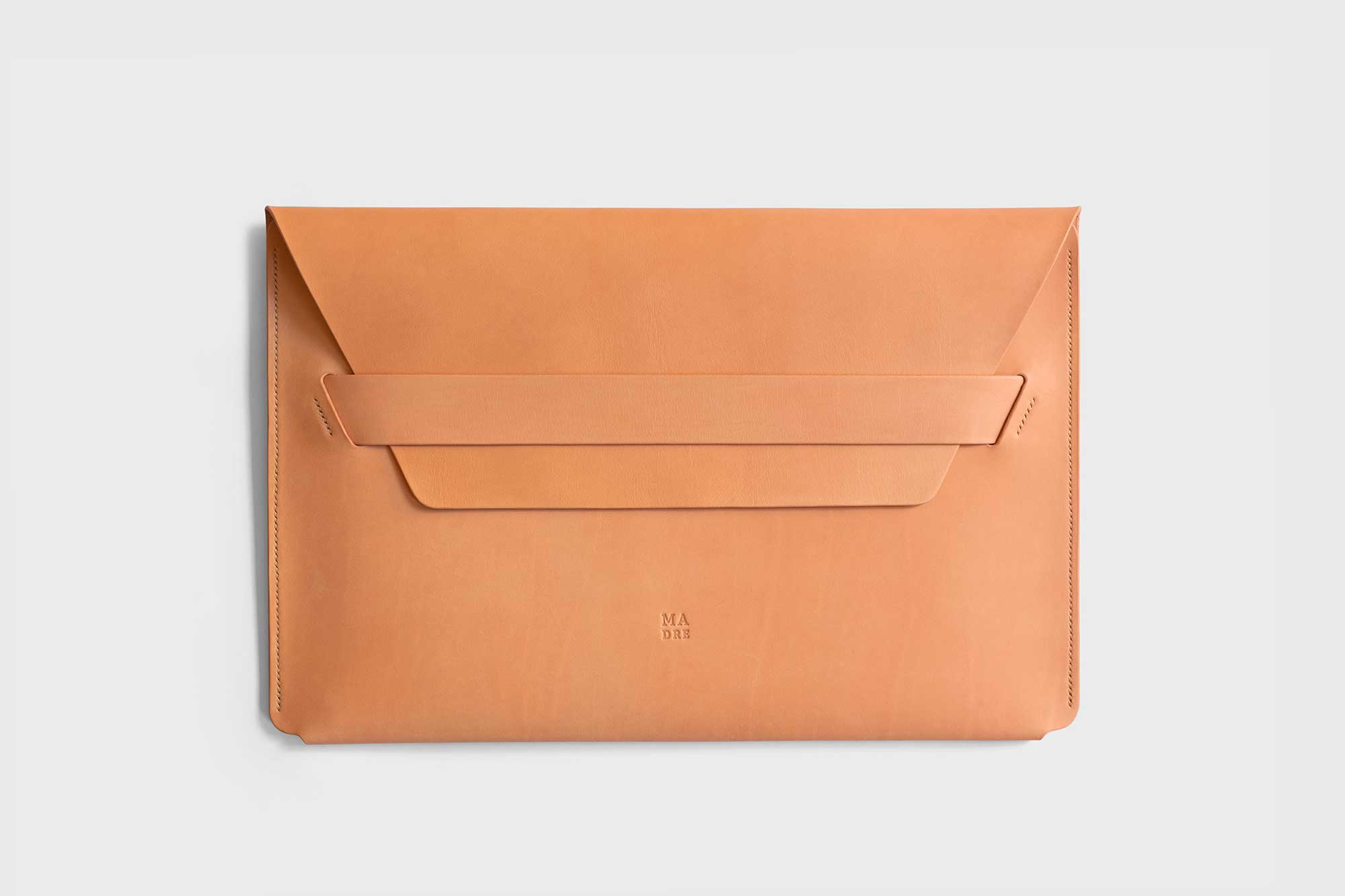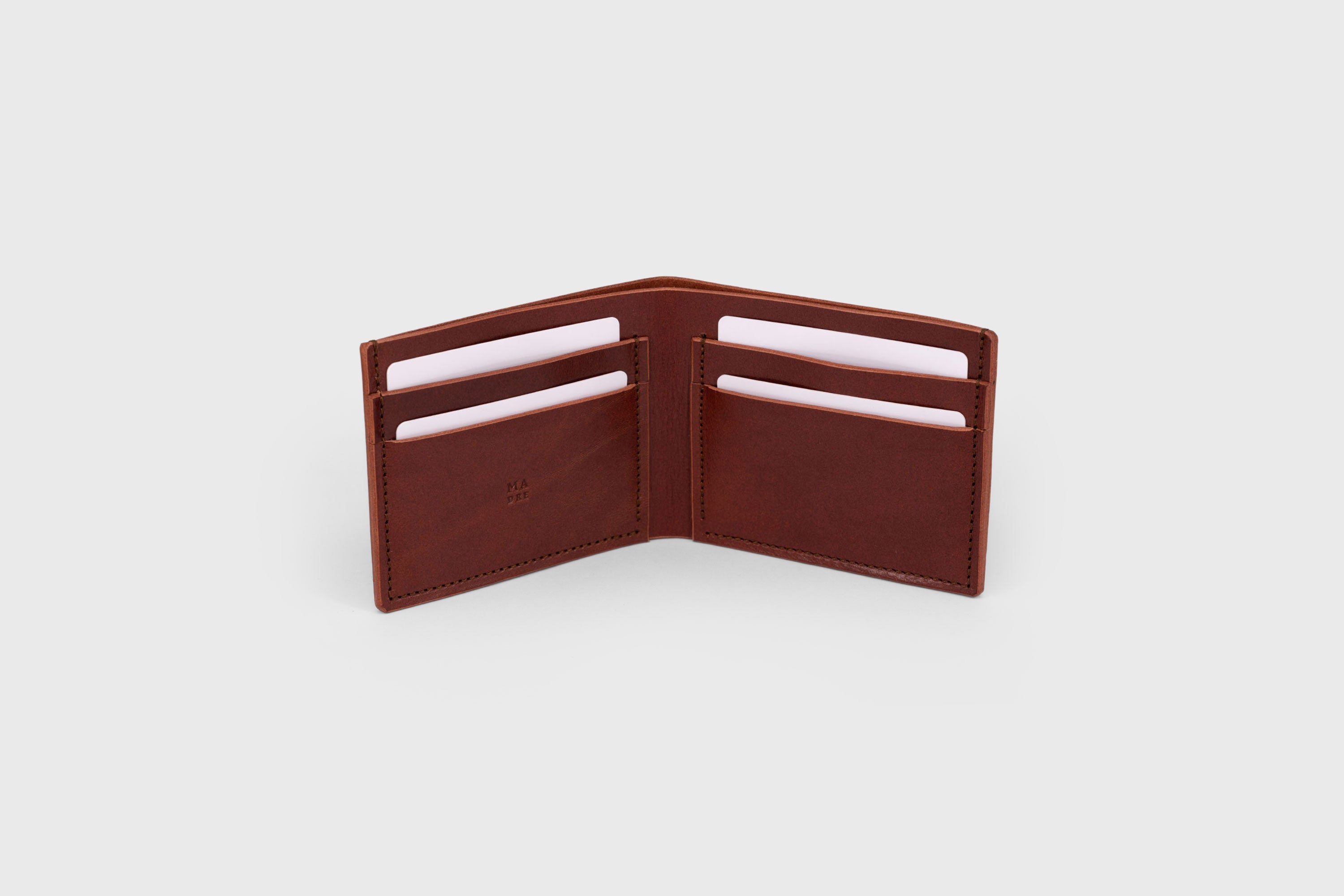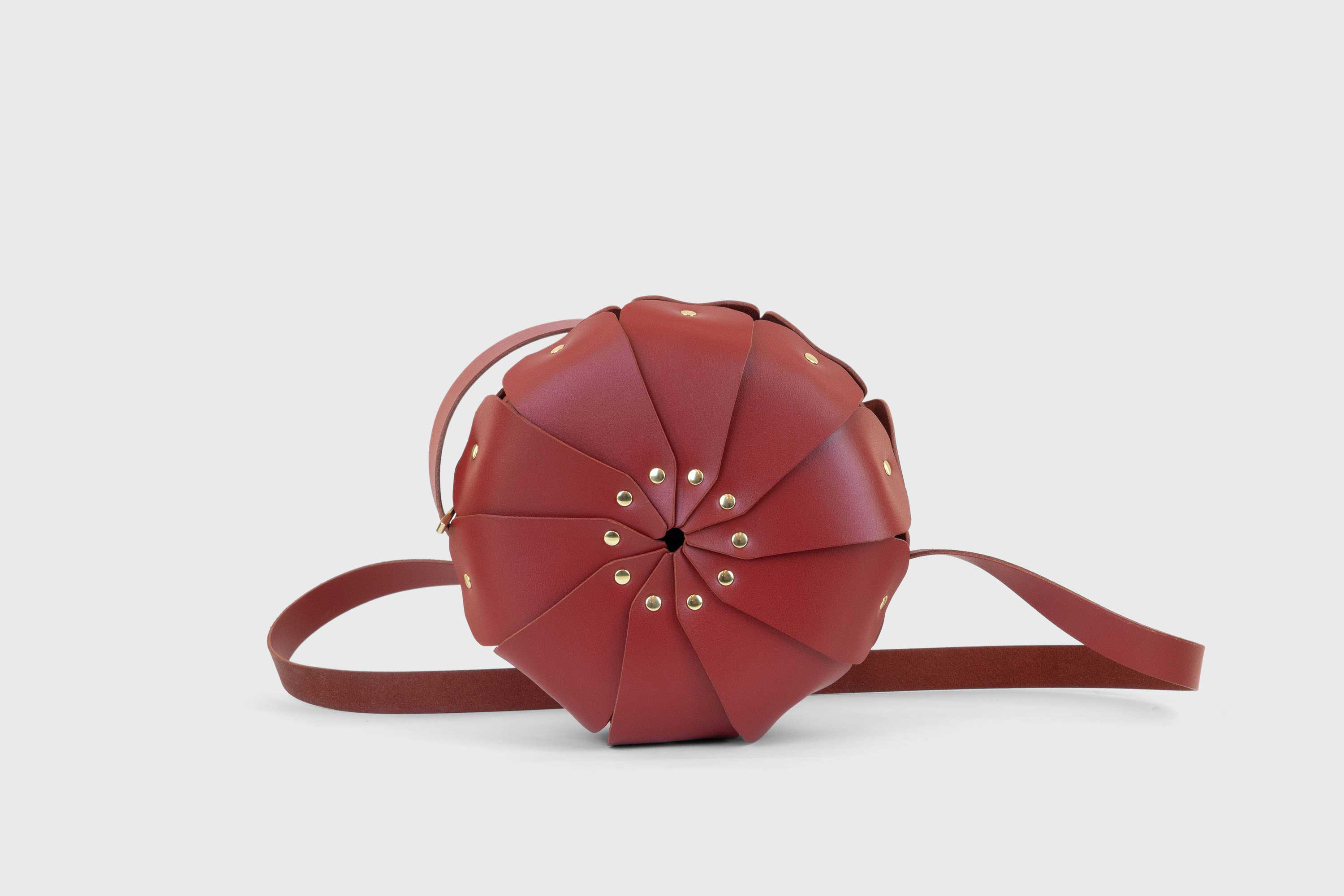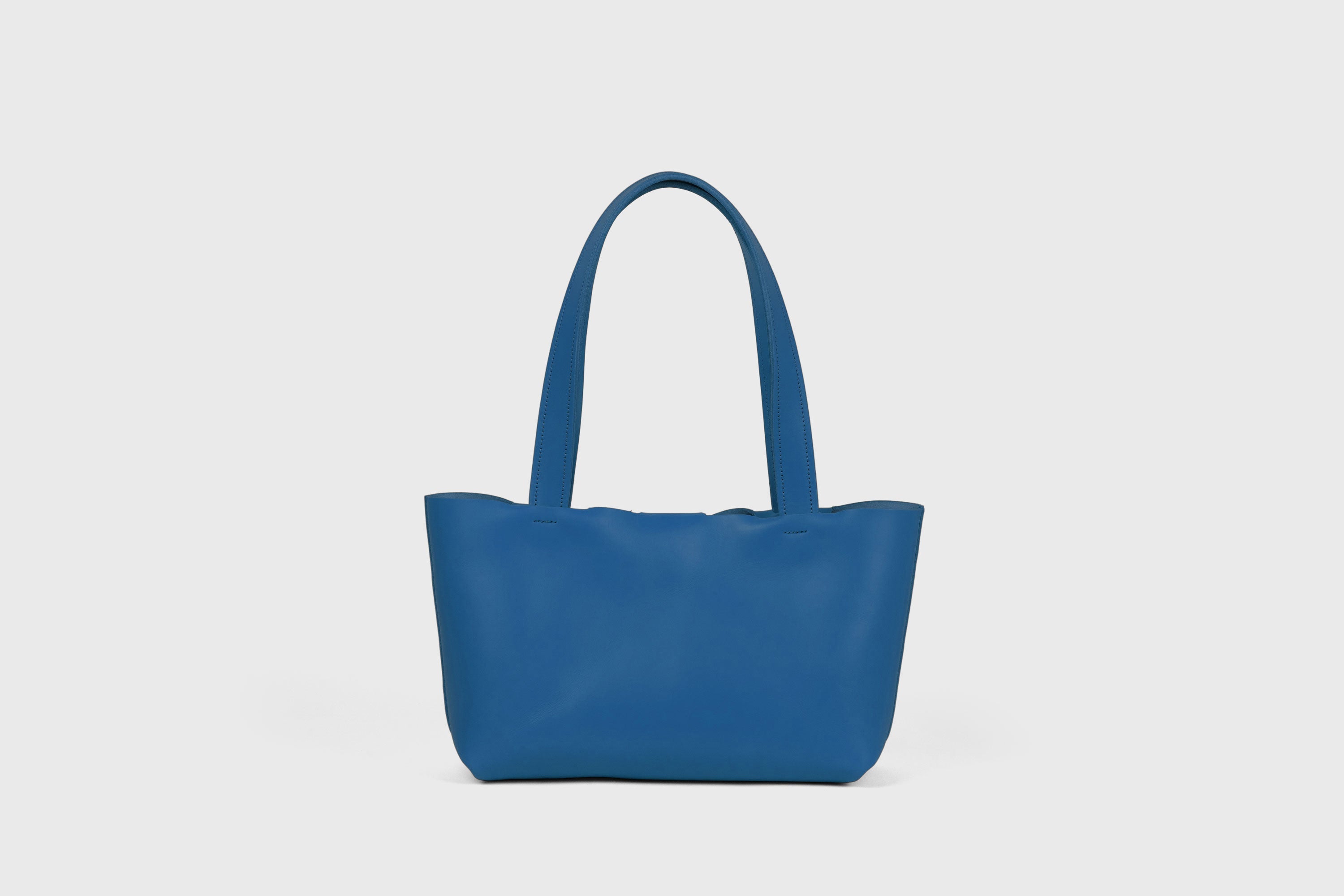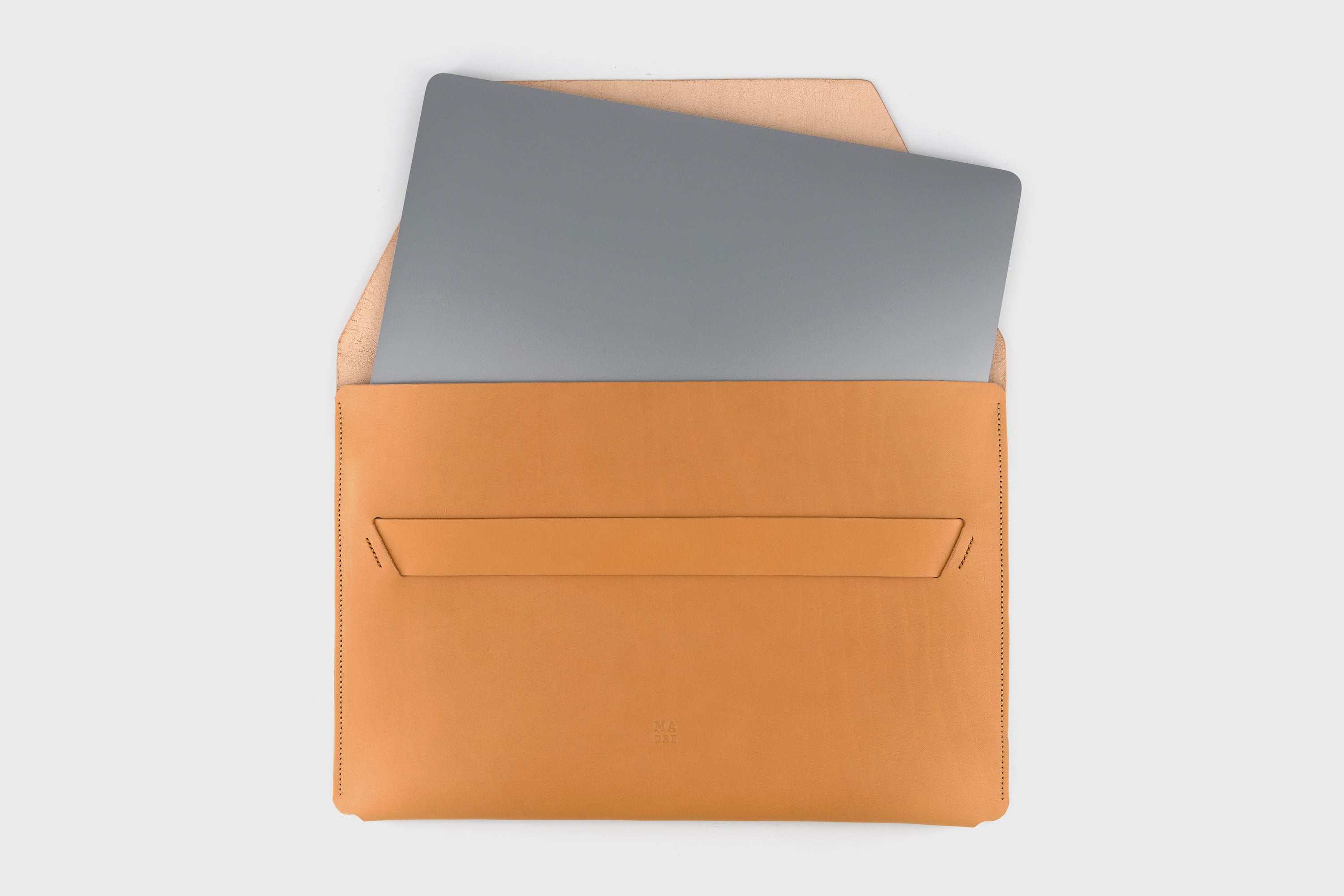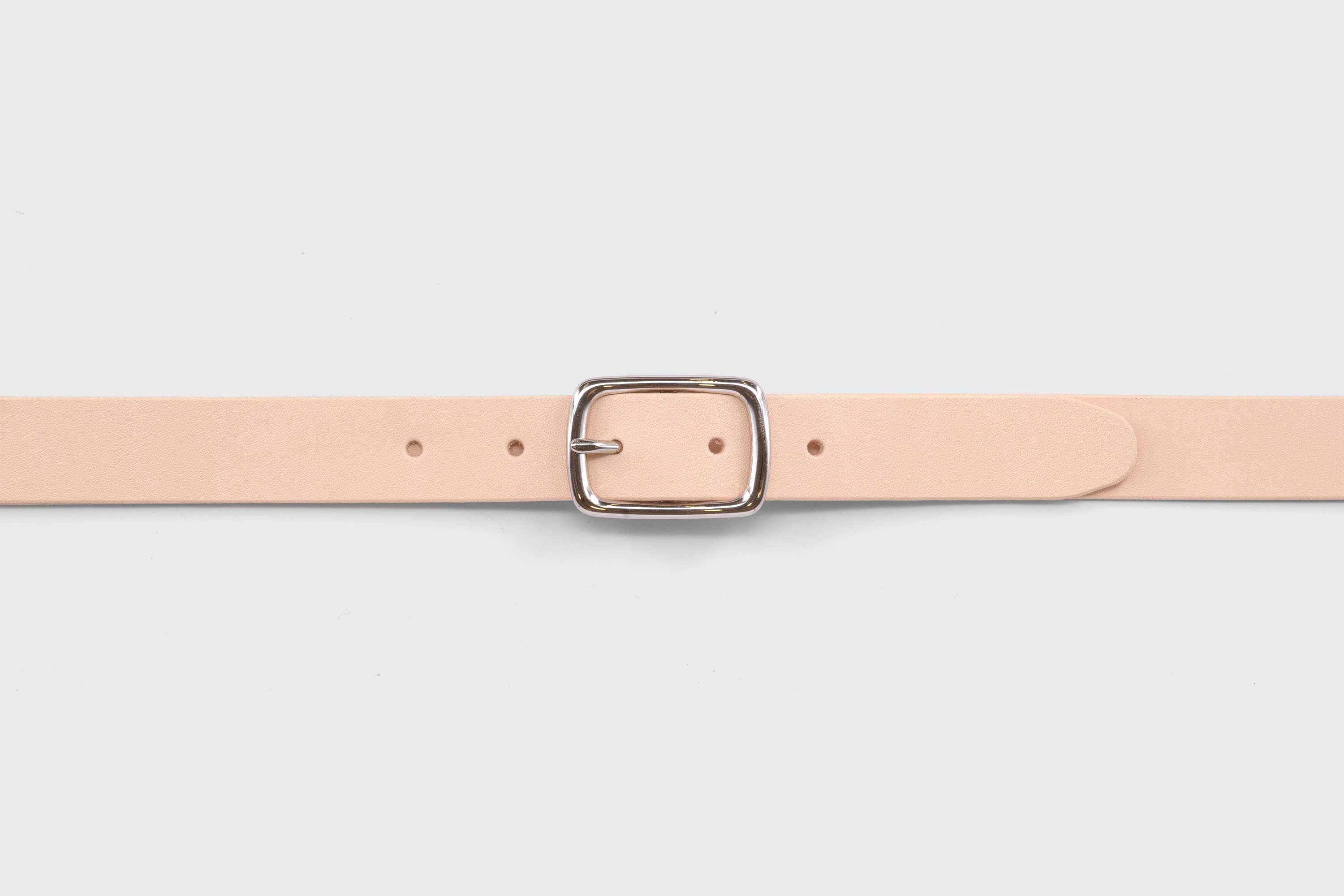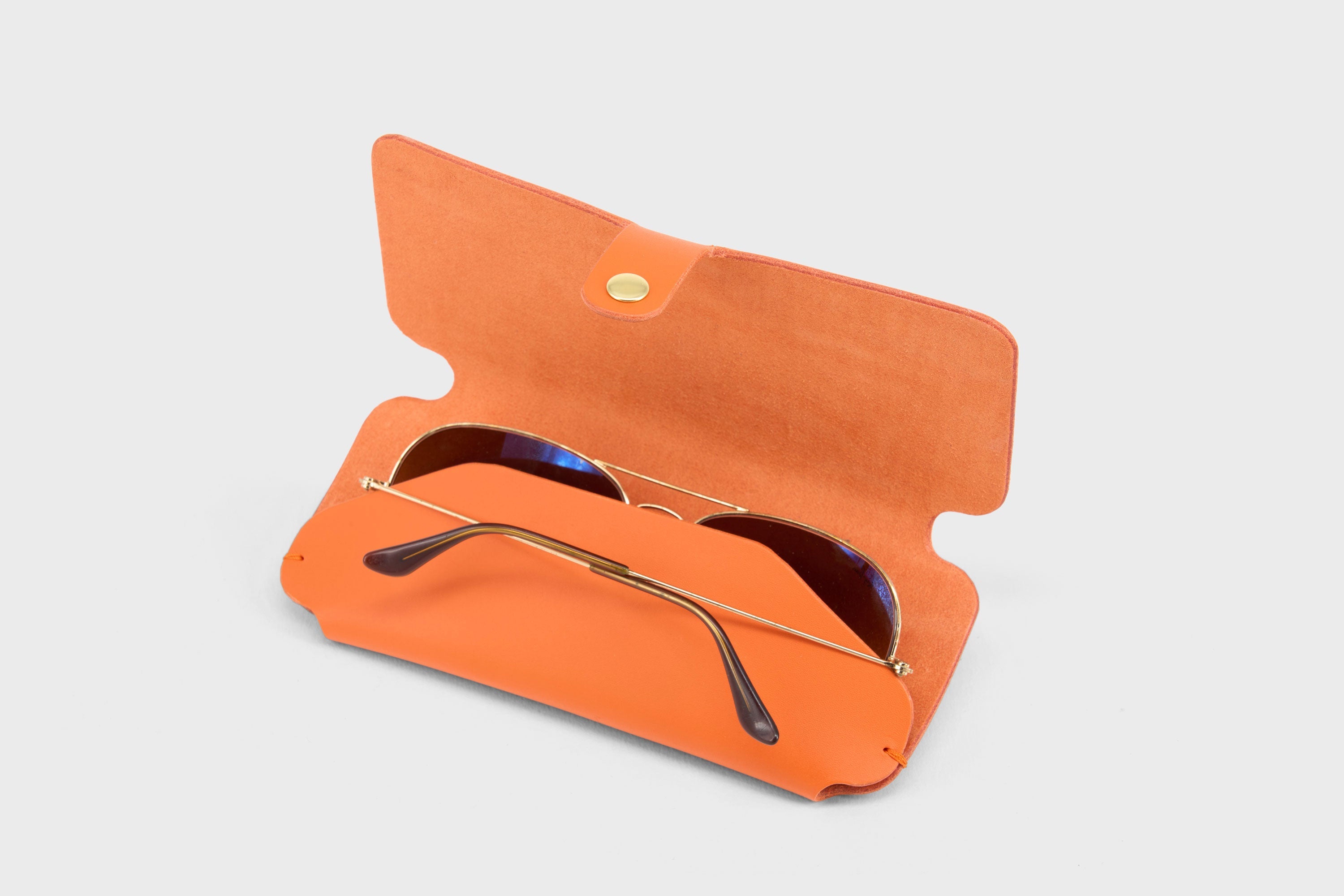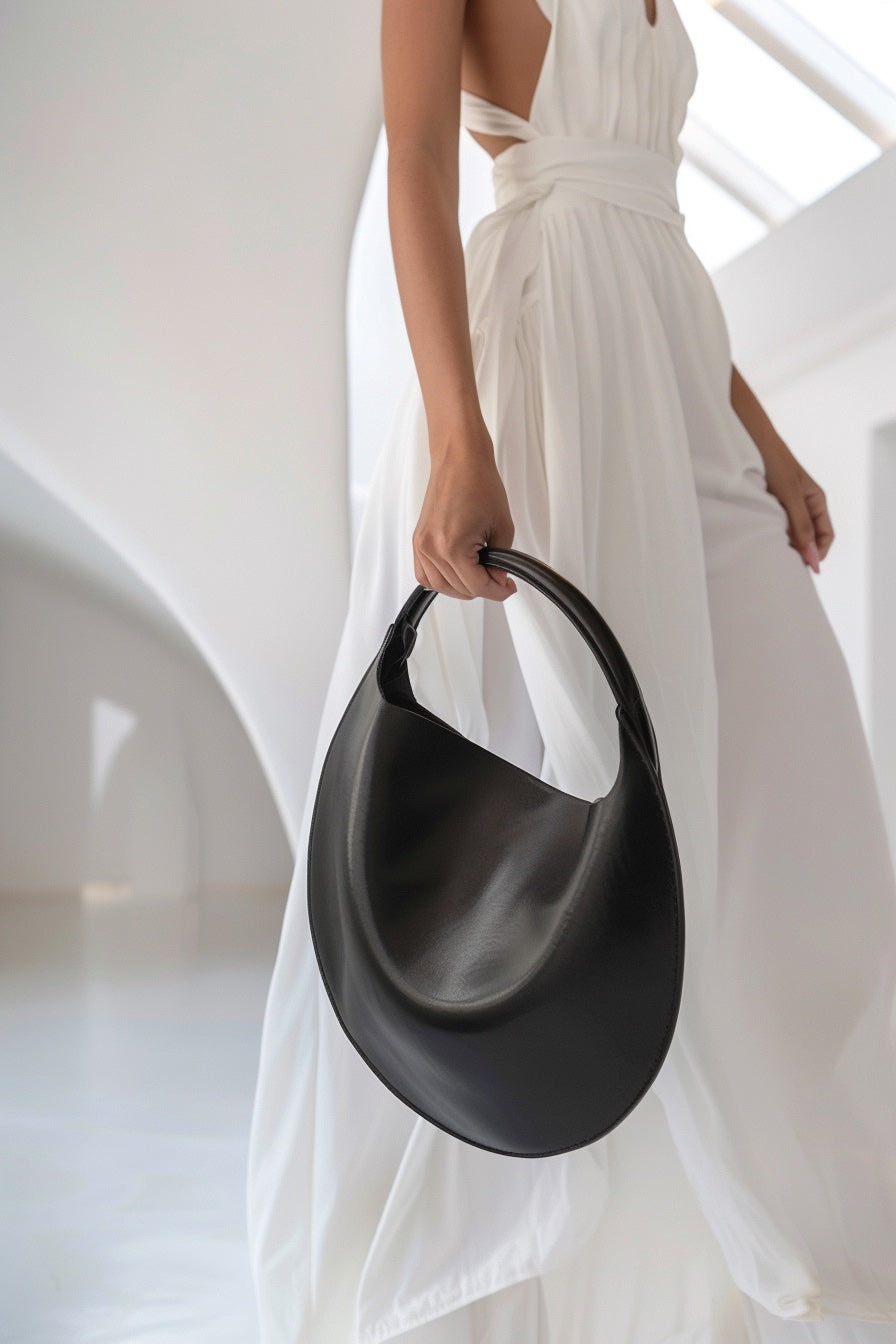
What is Leather Made of? - Everything About Production
Exploring the Making of Leather
We all know leather, but let's think about what it really is, and where it comes from. Leather is well-known for its luxury and traditions, and it has a long history that crosses various cultures. Leather's adaptability and visual appeal can be seen in everything from the rugged gear of ancient warriors to the stylish accessories that mark modern fashion. What is leather, then? How do basic animal hides become the sophisticated diverse materials that is used so widely in modern goods?
This blog post provides a thorough analysis of leather, including everything from its beginnings as unprocessed animal hides to the advanced procedures that turn them into long-lasting leather products. In order to shed light on the art and science of leather production, we examine both conventional and contemporary approaches that define the leather industry.
This article aims to enhance your understanding and appreciation of leather by detailing how this material is prepared, treated, and finished. We will look at the various types of leather, the environmental impact of its production, and the ethical considerations it involves, understanding the complexities of leather - the material that continues to play an essential role in fashion, function, and craftsmanship.

Behind Leather: More Than Meets the Eye
Leather is fundamentally crafted from animal hides—the skins of various animals that are treated through the process of tanning. This process transforms perishable raw hides into durable, long-lasting materials. While cattle provide the majority of the world’s leather, numerous other animals such as sheep, goats, pigs, and exotic creatures like alligators and ostriches also contribute to the diversity of leather products available.
Beyond the common cattle hides, the leather industry taps into a variety of other animal skins to satisfy diverse market demands and aesthetic preferences. Each type of skin adds unique qualities to the leather produced. For instance, cowhide is the staple due to its durability and versatility, commonly used in shoes, belts, and jackets. Sheepskin offers a finer grain and soft texture, making it ideal for high-quality clothing and accessories like wallets and gloves. Goat leather, known for its pebbled texture and flexibility, is favored for luxury items such as designer bags and upscale garments.
Pigskin is another durable option, tougher and more porous, often utilized where resilience is crucial, such as in the linings of shoes or sports gear. Yet, it remains lightweight and breathable, balancing toughness with comfort. Exotic leathers from sources like alligators, snakes, ostriches, and even stingrays are highly prized in the luxury goods market for their distinctive patterns and textures. Alligator leather, with its notable durability and unique scale patterns, is especially popular for crafting luxury handbags, belts, and shoes.
Deerskin is known for its exceptional softness and flexibility, used in premium products that require a gentle, supple touch. It molds well to the wearer's form, making it perfect for high-end clothing and accessories that blend comfort with elegance.
Each type of leather not only differs in texture and appearance but also in its applications, influencing the choice of leather based on the intended use of the final product. Understanding the source and inherent characteristics of these various leathers not only enhances consumer knowledge but also aids in making more informed decisions when purchasing leather goods, ensuring a match that reflects both need and luxury.
The Basics of Leather: From Hide to High Fashion
Leather is not merely a material; it's a testament to enduring craftsmanship and style, molded from the skins of various animals through the ancient and complex process of tanning. This part looks at the journey leather takes, from raw hides to the material we know and love, used in everything from furniture to fashion accessories.

Sourcing and Preparing Hides
The first stage in the life of leather involves sourcing animal hides, primarily from cattle, although sheep, goats, pigs, and exotic animals like alligators and ostriches also make significant contributions. Each type of hide brings unique qualities that define the texture, durability, and the overall aesthetic of the final leather product.
The process begins with curing the hides using salt to halt decay, preserving the raw materials until they can undergo further processing. After curing, the hides are soaked in water to clean and rehydrate them, washing away the salt along with any dirt and blood. This step prepares them for liming, a treatment involving a high pH solution with lime and other chemicals that removes hair and prepares the collagen fibers for tanning by swelling them, which opens up the structure of the hide.
Tanning: Transforming Hide into Leather
At the heart of leather manufacturing is the tanning process, which stabilizes the collagen or protein fibers in hides so they become immune to decay and flexible enough for practical use. The method of tanning greatly influences the characteristics of the final leather product:
Vegetable tanning, one of the oldest techniques, uses natural tannins extracted from tree bark, leaves, and fruits to create leather that is thick and robust, ideal for items that require stiffness like shoe soles and belts. Chrome tanning, which became popular due to its efficiency, utilizes chromium sulfate and other chromium salts to produce leather that is softer and more pliable, suitable for a wide range of applications, including clothing and upholstery. Synthetic tanning uses artificial tannins to achieve specific qualities in the leather, such as enhanced color retention or increased water resistance.
Post-Tanning Treatments
After tanning, the leather undergoes several finishing processes to enhance its aesthetic and functional qualities. The leather might be dyed to achieve a variety of colors, a process that can be adjusted to occur before or after tanning depending on the desired effect. Fatliquoring follows, involving the addition of natural fats or synthetic oils to lubricate the leather fibers, making them softer and enhancing their flexibility.
The final step in the leather production process is finishing, which can vary widely depending on the intended use of the leather. This may include applying protective coatings to resist stains and water, stamping patterns to create textures, or polishing to achieve a particular sheen.
Understanding these detailed processes from raw hide to finished leather not only highlights the complexity of leather production but also aids in appreciating its value as a material deeply embedded in human culture and industry. This knowledge fosters a more profound appreciation of leather goods and informs more conscientious consumer choices, reflecting both the artistry and the technical expertise that goes into creating leather.
Some of the Types of Leather
Leather's versatility is not only demonstrated by its varied sources but also by the different types of leather that each tanning method produces. Understanding the diversity among these types can greatly enhance one’s ability to choose the right leather for specific purposes, be it for durability, aesthetics, or texture.

Full-grain leather is considered the highest quality leather available. It includes the entire grain layer, without any of the surface being removed. This type retains the inherent toughness of the hide, along with its original texture and imperfections, which many consider adding character. The integrity of the full-grain gives it a high durability level, and it tends to look better over time as it develops a patina from being handled. Learn more here.
Top-grain leather, although similar to full-grain, involves the removal of the top layer of the hide, which eliminates most imperfections. It is thinner and more pliable than full-grain leather, making it easier to work with for various applications. The surface of top-grain leather is sanded and a finish coat is added, which produces a smoother feel and somewhat diminishes the leather’s natural look. However, this type of leather still maintains good durability and is more resistant to staining than full-grain leather. Learn more here.
Genuine leather, despite its name, represents the lower quality segment of leather products. It is produced from the leftover parts of the hide after the top layers have been removed for higher grades of leather. These remaining layers are often bonded together and painted to create a uniform look. Genuine leather is less durable and doesn't wear as attractively as higher-quality leathers. Learn more here.
Bonded leather takes the reuse of leather materials a step further by grinding up leather scraps and bonding them using polyurethane or latex onto a fiber sheet. The amount of real leather in the bonded mix can vary greatly, and while it can be aesthetically pleasing, it lacks the strength and durability of higher leather grades. Learn more here.
Each type of leather presents unique characteristics and benefits, making certain types more suitable for specific items than others. Full-grain leather is often sought for products where strength and durability are prioritized, like in fine furniture or high-quality footwear. Top-grain leather finds its niche in mid-range furniture and car seats, where flexibility and a clean appearance are more important. For those who appreciate leather’s aesthetic without requiring high durability, like in fashion accessories, genuine and bonded leathers provide cost-effective options.
Choosing the right type of leather involves considering how the item will be used, what kind of wear it will see, and how long you expect it to last, aligning these factors with the appropriate leather quality. Understanding these distinctions not only helps in making an informed purchase but also in appreciating the craftsmanship behind leather products.
Ethical and Environmental Impact: Challenges and Innovations
The production of leather involves a series of processes that can have significant impacts on the environment and raise various ethical concerns. However, as awareness grows, so does the innovation in addressing these issues, leading to more sustainable and ethically sound practices within the industry.
Ethical Concerns in Leather Production
One of the primary ethical issues associated with leather production stems from the sourcing of animal hides. The majority of leather globally is derived from animals raised specifically for food and other products, which brings into question practices related to animal welfare and the humane treatment of livestock. This has prompted consumers and companies alike to consider the conditions under which the animals were raised and whether they adhere to high ethical standards.
In addition to concerns about animal welfare, there is also the human impact to consider. Leather tanning, particularly in regions with lax environmental regulations, can expose workers to harmful chemicals, notably in processes involving chrome tanning, which uses hazardous substances like chromium. This not only affects the health of the workers but can also lead to severe environmental degradation if waste products are not properly managed.
Environmental Challenges
The environmental footprint of leather is significant, primarily due to the chemical tanning processes that can pollute water sources with toxic chemicals. Traditional tanning methods, while producing highly durable and aesthetically pleasing leather, often use large amounts of water and chemicals, which can be detrimental to the environment if waste is not treated properly. The production process also contributes to deforestation, as some tanning agents are derived from tree bark and other plant materials.
Innovations in Sustainable Leather Production
In response to these challenges, the leather industry has been exploring more sustainable practices. One of the key advancements is the development of chrome-free tanning methods. These alternative methods use vegetable tannins or synthetic tanning agents that are less harmful to the environment and reduce the risk of exposing workers to toxic substances.
Another innovative approach is the use of recycled and upcycled leather. Companies are increasingly turning to recycled materials to create new leather products, significantly reducing the demand for raw animal hides and minimizing waste. Additionally, there is a growing trend towards using lab-grown leather, which promises to eliminate the need for animal hides altogether, offering a cruelty-free and environmentally friendly alternative.
Bio-based tannins and other ecological tanning agents are also gaining traction. These substances, derived from plant-based sources, not only minimize the use of harmful chemicals but also help in reducing the carbon footprint associated with traditional leather tanning.
Read more
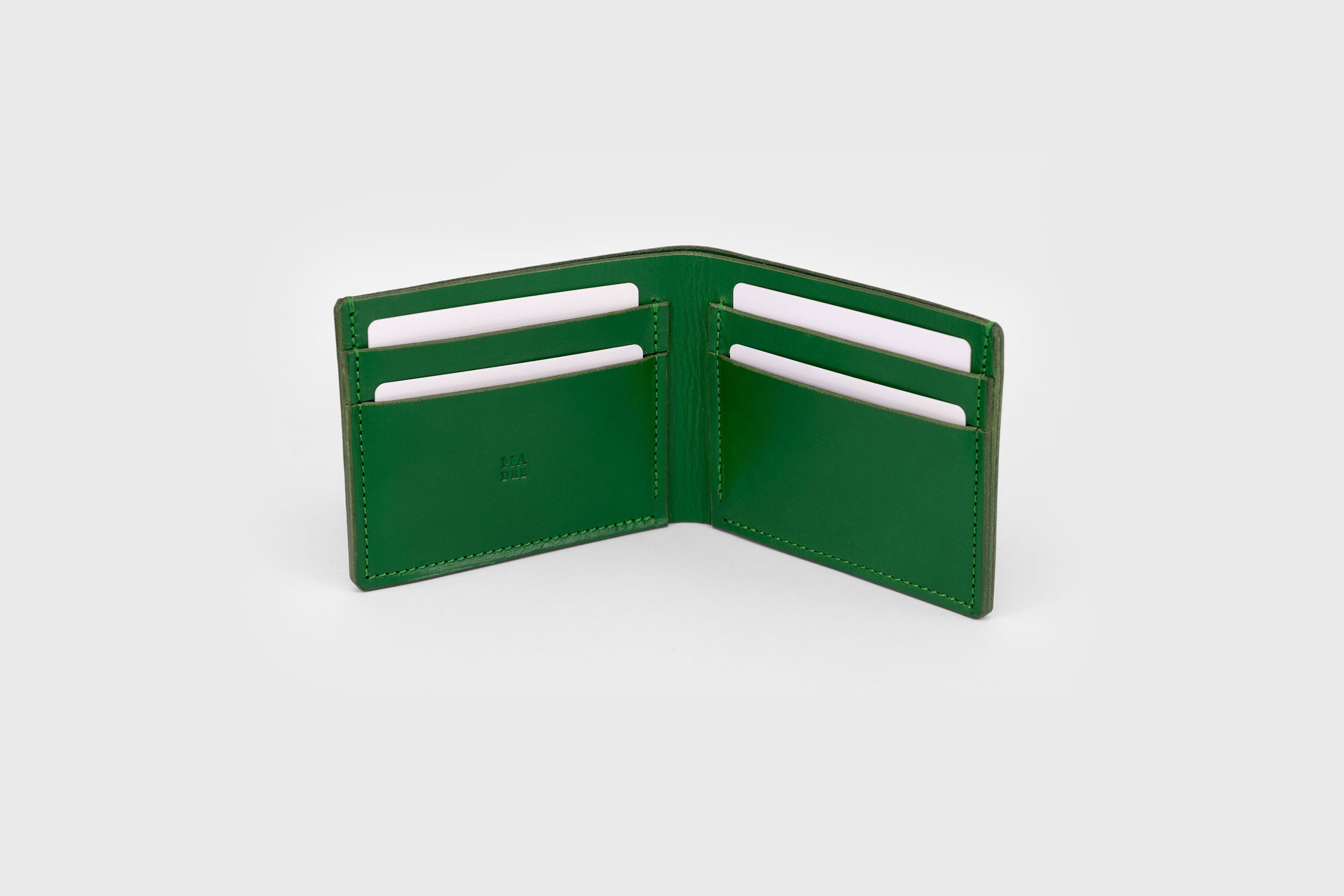
Types of Wallets - To Help you Pick the Right One
Why Your Wallet is More Than Just a Pocket Accessory Let’s talk about one of the most essential yet often overlooked accessories in our daily lives: the wallet. Sure, at its core, a wallet is a si...
Read more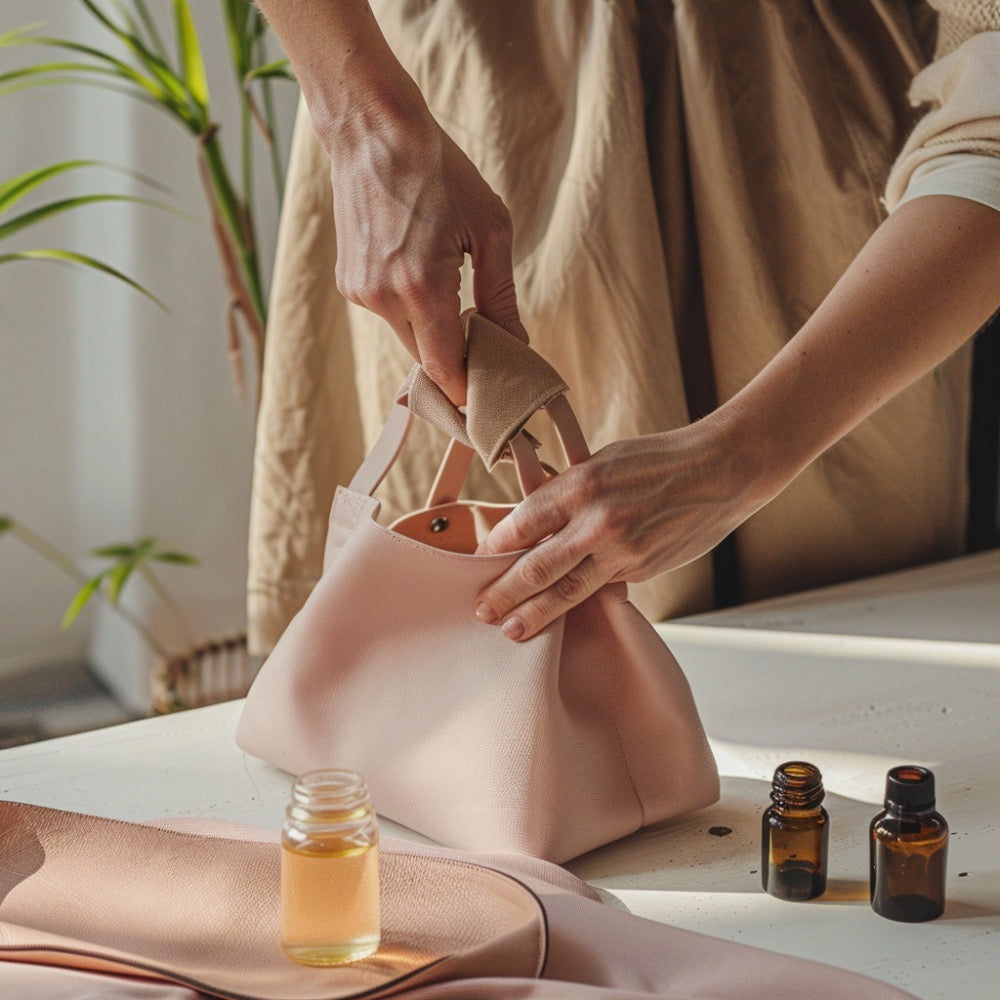
How to Wash Leather - Can you Wash it?
Understanding Leather Care Leather is a popular material known for its durability and classic style, but taking care of it can seem tricky. Many people wonder if they can wash their leather items ...
Read moreFast delivery worldwide
We ship all order via UPS
Join thousands of happy customers
Be part of our happy and growing customer base
Handcrafted with love
We make all our bags by hand in our atelier in Barcelona for you.
Secure payments
We support all secure payments provider
